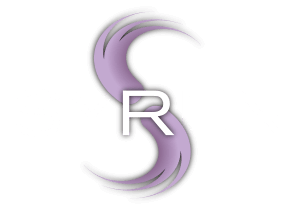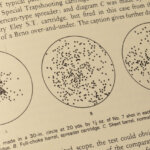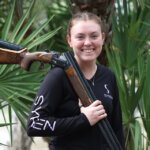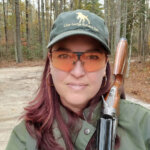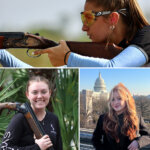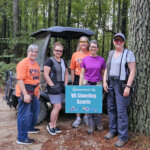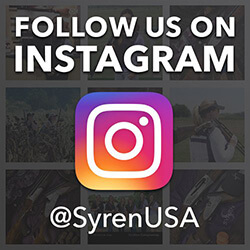Last fall, Syren pro-staffer Kate Ahnstrom, who is featured at The WON as a “Syren Savvy” columnist, invited us (photographer and me) over to a tournament – a national competition known as the Browning Tournament of Champions – for hunting dogs, hosted by the National Upland Classic Series (NUCS), sanctioned by the National Kennel Club.
According to the NUCS website, “The National Upland Classic Series is an organization comprised of people who know and appreciate quality bird dogs. Our tests are designed to simulate a natural upland bird hunt in a competitive fashion.”
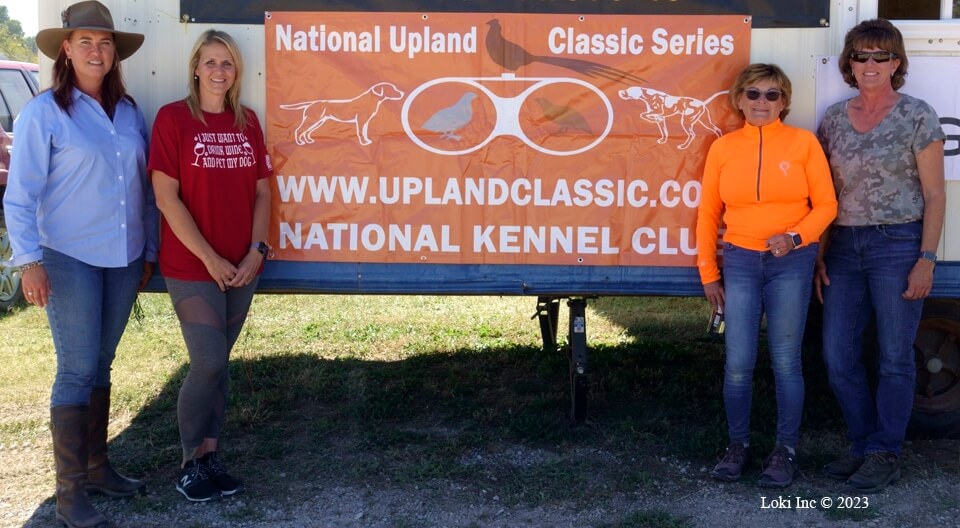
Kate Ahnstrom, Ally Strother, Barbara Eskam and Lyneel Grant (Jason Baird photo)
Using the National Upland Classic Series format, competitors and their pointing and flushing dogs assembled in the Ozarks of Missouri for this incredible opportunity to see who had the best bird dogs.
Dogs and their handlers, such as Kate and her husband, Mike, traveled to Missouri from across the nation. It’s not only a dog’s performance, but also, a handler’s shooting ability while afield, that counts in this game. The competition is divided into divisions according to the age of the dog and hunting style. Any dog that is less than two years old as of January 1 of that competition year is placed into the Amateur division for either pointers or flushers. Any dog aged two years old or greater as of January 1 is in the Open division and again, placed into either the pointing or flushing fields.
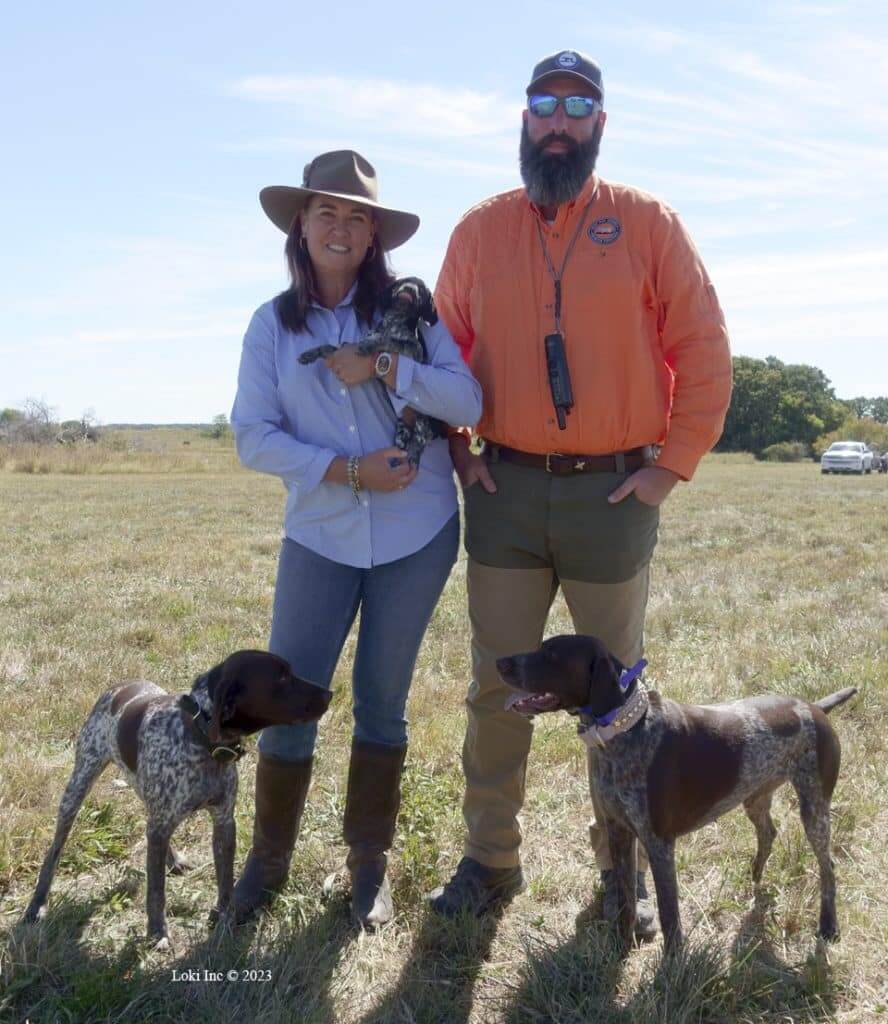
Kate and Mike Ahnstrom with dogs (Jason Baird photo)
Kate and Mike entered this world of dog handling in 2021 with their German shorthair, Lacy Blues. Kate said, “Unlike AKC and NAVHDA, we have to shoot. You have to be able to work your dog and shoot. It’s interesting doing that … the dog may not work that well and you might shoot great, or the dog might work great, but you might not shoot that well. The weather is always a factor. It certainly keeps all of the competitors on their toes and creates a more dynamic game.”
She added, “Since we’re running pointing dogs, you get 15 points for the dog to hold three seconds on point. You get points for shooting the bird, and you get points for the dog bringing it back. For a full retrieve, the dog has to bring it back to hand, and you’re allowed to take a pivot step, but only one. A partial retrieve, the dog is ‘wallering’ around and did not make it back. You have to make the decision, ‘Is it better for me to have the extra points from the leftover time added to my score, or is it better for me to let the dog figure it out and bring the bird to me?’ Also, the bird has to be table ready.” Mutilated birds cost a 10-point deduction.
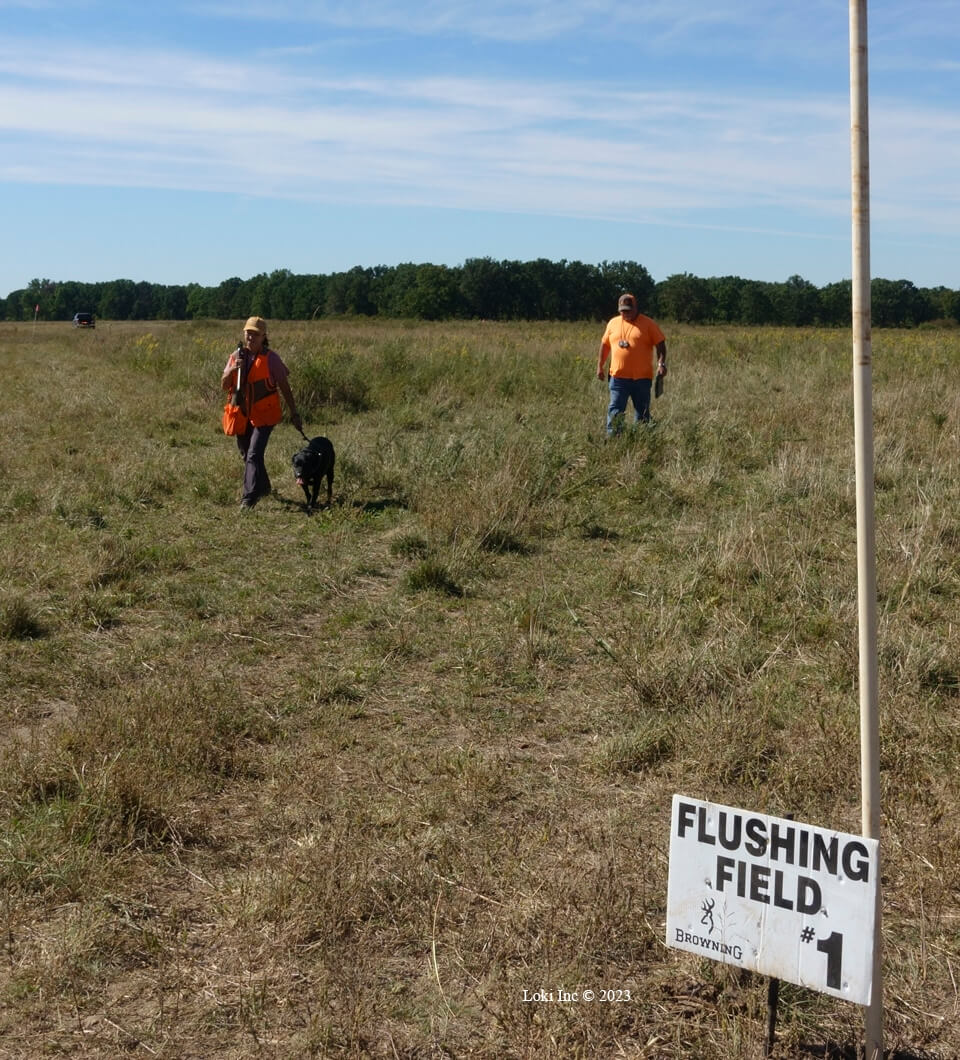
Amy Barnhart and Blaze, an Amateur and Open NUCS champion, coming in from the field. She said, “She’s a good girl and she gives all she’s got!” (Jason Baird photo)
As for her dogs, Kate explained, “We are now in our second year and have gone from just Lacy Blues in Amateur Pointing to now Lacy has moved up to Open Pointing, Kai is now in Amateur Pointing; Gunner (inherited from our dear friend Joe Throckmorton, who passed away in December 2022) is also in Open Pointing and we have the two pups – Faith and Olivia – from Lacy Blues and Kai litter – that will join Amateur Pointing this September, and another pup (Super B) makes her debut this April on the East Coast at Hardy Hill Pointers.”
About the upcoming competition, NUCS Nationals in Missouri in March 2023, Kate said, “We’ll be bringing the entire string! Only Lacy Blues and Kai are qualified and competing, though. Nationals is the culmination of the preceding year so they’ll both run in Amateur Pointing for the national event. Everyone else is just along for the ride and so we can keep up with fetch training for Super B and environmental soundness and puppy development for Faith and Olivia. Certainly couldn’t just leave Gunner back in Virginia, so he’s along for the ride as well.”
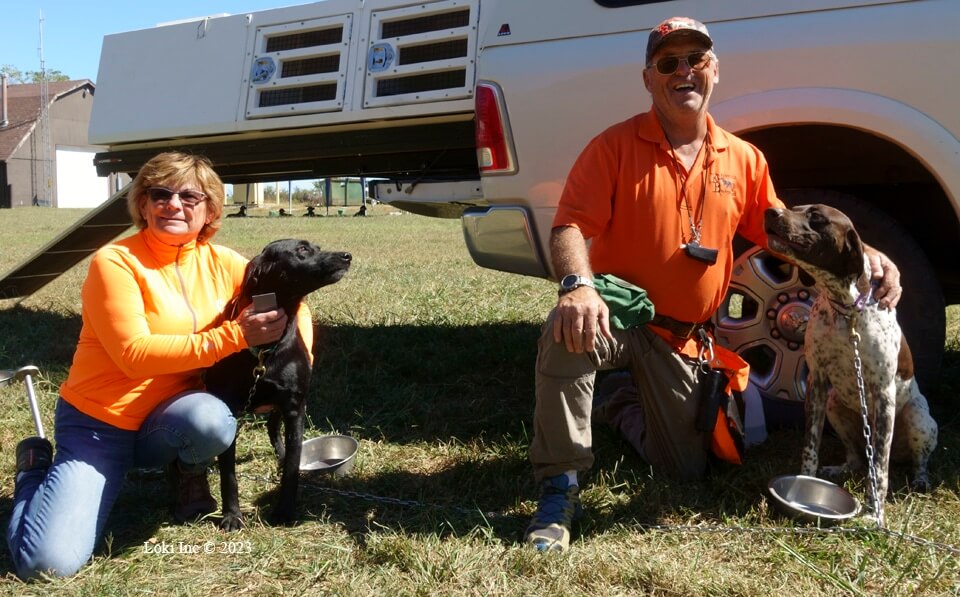
Barbara and Kevin Eskam run doubles together, and Barbara runs singles with their dogs. (Jason Baird photo)
Kate said their calendar with NUCS events usually offers about two dozen opportunities to compete. “For us [based in Virginia], we’ve got East Coast and Midwest, but the West is starting to show up a little bit; Utah and Colorado are starting to get into the game. This sport has definitely been much bigger in the Midwest than on the East Coast, which is why so many of us promotors are growing it in the East and in doing so, now offering youth divisions.
“The Midwest has done this for quite a while, and they’ve even secured free or super-low-cost entry fees for their youth. The chambers of commerce and local businesses graciously donate funds to offset fees for youth. They understand how important it is to keep them engaged in some way outdoors. At the Virginia Gun Dog Classic this past January, we only charged youth the sanction fee and bird cost. We wanted to encourage them to run as many times as they wanted.”
Kate continued, “Last year, your dog had to have a certain number of points in order to get an invitation to Nationals. Before, it was that if you wanted to pay the money and make the drive, you were there. Now, it’s your top six scores. You’ve got to be in the top 40 for Amateur Pointing to get the invite.”
Syren Shotgun for NUCS

Kate said, “I use predominantly use my Syren Elos D2, unless it’s pheasant and then I’m using the Syren Tempio Sporting (12 gauge). That’s my main gun for shooting clays, but one I’m the most comfortable with especially when it comes to dropping big birds – because we need to drop the bird cleanly and quickly, that extra bit of bb count certainly helps.”

Syren Tempio Sporting
Why NUCS?
Kate added, “If you love to hunt your dog, this is one of the best ways to test those capabilities, for both of you. Your dog has to use its nose, work cooperatively and you have to drop birds to give your dog something to retrieve. I find that this type of competition drives you to practice. There isn’t another person gunning for you like in other trials. We don’t care how ‘stylistic’ your dog is. It’s all about can your dog hunt and can you produce something for them to retrieve? This means practice. Practice with your dog and their obedience and nose work and practice in your shooting. It’s a win-win!”
Good Shotgun Field Drill
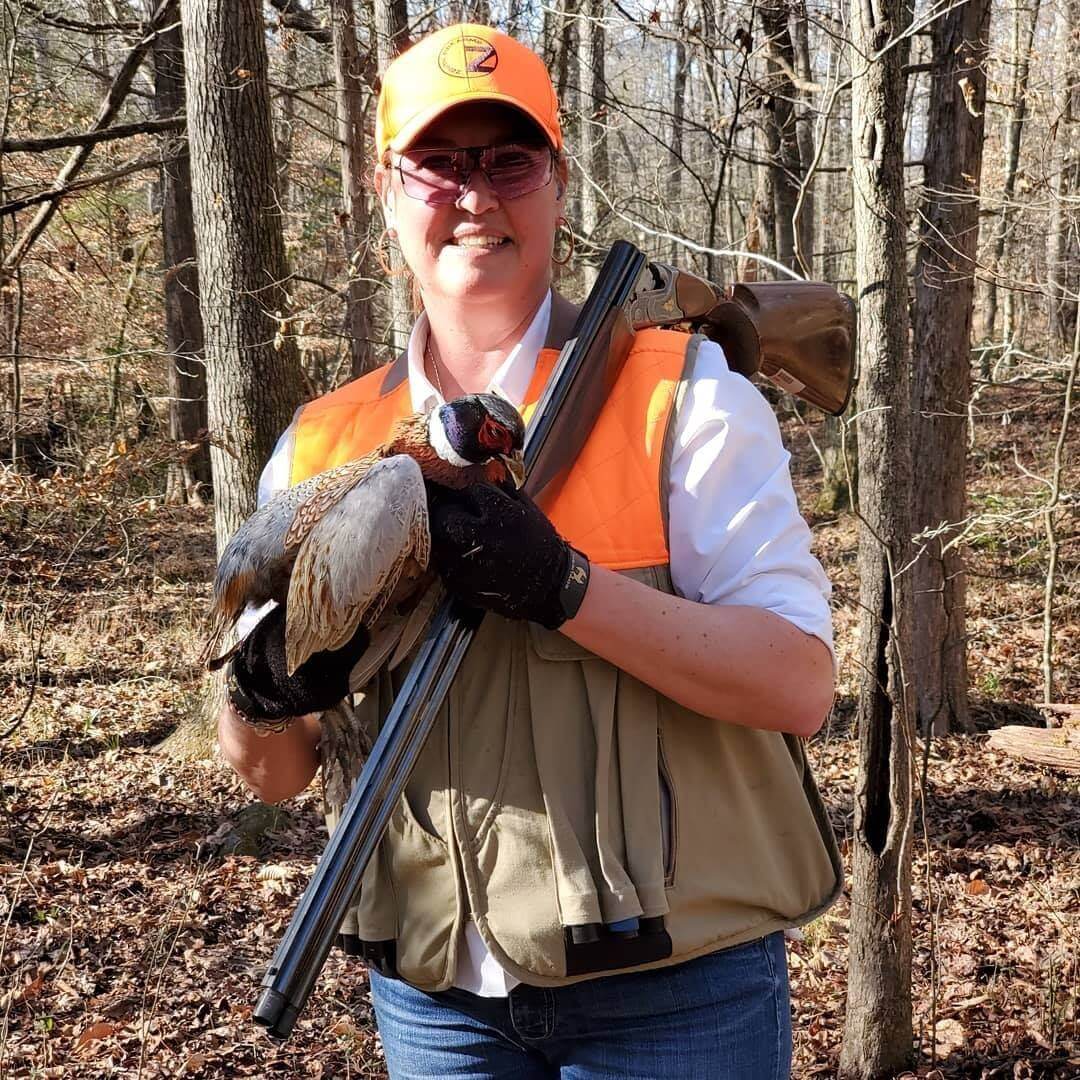
Kate Ahnstrom
When asked about practice, and which drill she recommends for this type of competition, Kate advised, “Practice those flushing shots! Also, develop your comfort in the flush. Most people don’t pay attention to how they flush, they just tromp around trying to find a bird with their gun muzzle high over their head in a terrible starting position. You really need to flush with your leading foot. … I’m a right-eye, right-handed shooter, so my left foot is always forward and also the only foot that I use to kick around in the cover.”
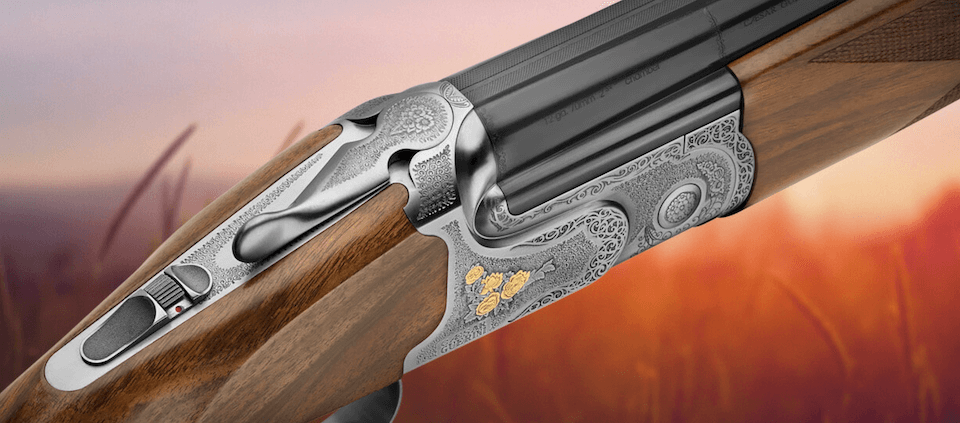
Syren Tempio
She added, “Practice keeping your muzzle in your line of sight. This allows you to push the muzzle directly into the bird and eliminates erratic movements. You’ll notice you’re able to drop birds much faster and move to second bird if you are lucky to have multiples pop up. If your muzzle is above your head, then it’s going to take forever to get that gun mounted correctly so you can cleanly drop a bird.’
Learn more about the fine line of Syren shotguns for women.
Enjoying this post? Read more just like it on our Syren Savvy Blog HERE.
*This article was originally posted in our column on WomensOutdoorNews.com and written by WON Publisher/Editor Barbara Baird.
